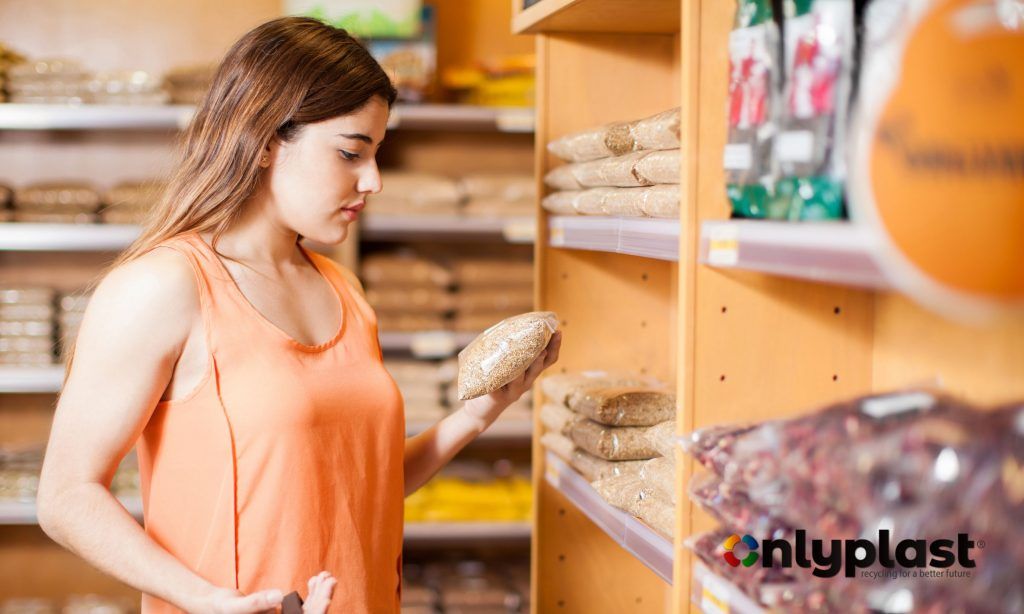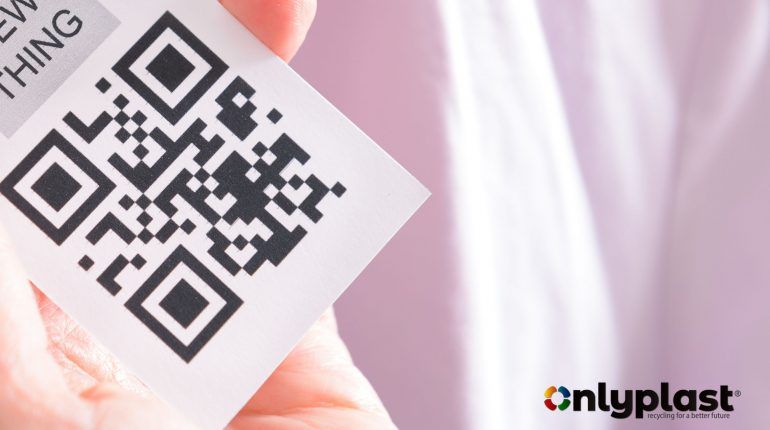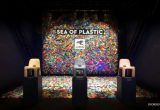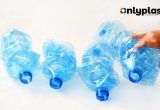How to say it all on a single label.
When a company takes a commitment to the circular economy, we must communicate this to be customer through the product label. But, how can que transfer the effort made on a single label?
Product labels are crucial in the consumer’s purchasing decision process, providing essential information about the product, legal information and information that goes beyond the legal aspects: information about sustainability and the manufacturer’s commitment.
1.One of the most important aspects when we start with the design is to bear in mind that the overall look (the design) of an eco-friendly product label should convey a perception of sustainability. In this sense, we are talking about the material used for its production, its potential utility beyond being a possible label, its recyclability, the shops used and its design.
If we think about the colours used in their design, the most accepted are the colour that we normally find in nature: simple and fresh colours such as white, the blue of the sea or the green that we can find in a forest.
The recycling of the packaging and its label are crucial, as well as the use of environmentally friendly inks.
2.The product must tell its story and that of your company through the label or packaging. We can use bright colours to highlight certain aspects, or make use of codes, such as bidi or QR codes, to link to a video that tells this story in a close-up way.
3.The codes also provide information on the traceability of the product and the materials used to manufacture both the product and its packaging. It is interesting that the customer can directly access the information from an external auditor who guarantees the information we provide on, for example, the percentage of recycled plastics used in its manufacture or the recyclability of the product. Due to the greenwashing actions practised by many companies, this is becoming a basic aspect.
4.Probably the most important point is to highlight the percentage of recycled plastic used in the manufacturing of the product and its post-consumer recyclability. Or the facilities provided by the brand itself to reuse the packaging, for example, by informing about the bulk sale of the product in future purchases if the product is kept.
If it is a material made from recycled plastics, not just packaging, it is essential to communicate what the product is made from. This can be done with visual icons so that the information can be understood at a glance and the label is more attractive. If we are talking about a backpack, we can use pictograms of water bottles to inform about the number of bottles used to make the product.
Our stamps. Getting a stamp that guarantees and endorses CSR policy is vital, as we have explained above. Marks such as the BCORP or the Blue Angel ecolabel are becoming increasingly popular.
The Blue Angel label.
The Blue Angel label ensures, for example, the traceability of the use of post-consumer recycled plastics in the manufacture of the product and/or its packaging. However, in order to have a Blue Angel label, we must take into account the following:
- The product must contain at least 80% post-consumer recycled plastic.
- The product must not contain hazardous substances and must comply with the regulations.
- The plastic components must be marked according to ISO 11469.
At Onlyplast Spain we are dedicated to the sale and distribution of recycled plastics. For years, we have been sharing information on different sectors using recycled plastics, new research and even marketing concepts that can help us to raise awareness of the effort that goes into making products that are part of the circular economy.

Cómo decirlo todo en una sola etiqueta
Cuando nuestra empresa adquiere un compromiso con la economía circular debemos comunicarlo al cliente a través de la etiqueta del producto. Pero ¿cómo podemos trasladar el esfuerzo realizado en una sola etiqueta?
Las etiquetas de los productos son determinantes en el proceso de decisión de compra del consumidor, éstas nos proveen de información esencial sobre el producto, información legal y la que va más allá de los aspectos legales: la información sobre la sostenibilidad y el compromiso del fabricante.
Uno de los aspectos más importantes cuando comenzamos con el diseño, es tener en cuenta que el aspecto global (diseño) de una etiqueta de un producto eco-friendly debe transmitir una percepción de sostenibilidad. Es este sentido nos referimos al material empleado para su producción, su posible utilidad más allá de ser una posible etiqueta, su reciclabilidad, las tiendas empleadas y su diseño.
Si pensamos en los colores empleados en su diseño, los más aceptados son los colores que encontramos normalmente en la naturaleza: colores simples y frescos como el blanco, el azul del mar o el verde que podamos encontrar en un bosque.
La reciclabilidad del envase y su etiqueta son cruciales, así como el empleo de tintas respetuosas.
2.El producto debe contar su historia y la de su empresa a través de la etiqueta o packaging. Podemos usar colores llamativos de forma puntual para resaltar determinados aspectos, también hacer uso de códigos, como los bidi o QR, para enlazar a un vídeo que cuente esta historia de forma cercana.
3.Los códigos también aportan información sobre la trazabilidad del producto y los materiales empleados para fabricar tanto el producto como su packaging. Es interesante que el cliente pueda acceder directamente a la información de un auditor externo que garantice la información que aportamos sobre, por ejemplo, el porcentaje de plásticos reciclados empleado para su fabricación o la reciclabilidad del producto. Debido a las acciones de greenwashing que practican muchas empresas, esto se está convirtiendo en un aspecto básico.
4.Probablemente el aspecto más importante es resaltar el porcentaje de plástico reciclado empleado para la fabricación del producto y la reciclabilidad post-consumo del mismo. O las facilidades que aporta la propia marca para reutilizar el envase, por ejemplo, informando sobre la venta a granel de producto en futuras compras si se guarda el mismo.
Si se trata de un material fabricado con plásticos reciclados, no solamente un envase, es primordial trasladar a partir de qué se ha fabricado el producto. Se puede hacer con iconos visuales para que de un solo vistazo se comprenda la información y además, la etiqueta sea más atractiva. Si hablamos de una mochila, podemos utilizar pictogramas de botellas de agua para informar sobre el número de botellas empleadas para fabricar dicho producto.
5.Nuestros sellos. Conseguir un sello que garantice y respalde nuestra política de RSC es vital, tal como hemos explicado antes. Sellos como la BCORP o la ecoetiqueta Ángel Azul son cada vez más conocidos.
La etiqueta Ángel Azul.
La etiqueta Ángel Azul asegura por ejemplo la trazabilidad del uso de plásticos reciclados post-consumo en la fabricación del producto y/o su packaging. Eso sí, para tener una etiqueta Ángel azul debemos tener en cuenta que:
-el producto debe contener al menos el 80% de plástico reciclado post-consumo.
-por supuesto, no debe contener el producto sustancias peligrosas y debe cumplir con la normativa.
-las partes del plástico deben estar marcadas según la norma ISO 11469.
En Onlyplast Spain nos dedicamos a la venta y distribución de plásticos reciclados, y desde hace años, divulgamos información sobre distintos sectores que hacen uso de plásticos reciclados, nuevas investigaciones e incluso sobre conceptos de marketing que pueden ayudarnos a dar a conocer el esfuerzo empleado en la fabricación de productos que son parte de la economía circular.




